

Table of contents
Part 1 - What is a volatility indicator in forex?
Part 2 - Which indicators work best for scalping?
Part 3 - How does ATR support fast trades?
Part 4 - When to use Bollinger Bands for scalping?
Part 5 - Volatility breakout vs. mean reversion
Part 6 - Scalping with multiple timeframes

Scalping forex without understanding volatility is like driving a racecar blindfolded—you might move fast, but you’ll crash just as quick. In How to Use a Forex Volatility Indicator for Scalping, we’ll break down how traders use real-time volatility to find quick-fire setups, avoid fakeouts, and keep losses on a tight leash. If you’ve been burned by sudden price spikes or stopped out by market noise, you’re in the right place.
“Volatility is the heartbeat of the market,” says Kathy Lien, a respected voice in FX trading. Learning to read it isn't just smart—it’s essential for survival when you’re trading at lightning speed.
We’ll look at tools like ATR and Bollinger Bands, show you how to spot real moves vs. fakeouts, and explain how to place stops that don’t get knocked out by random noise. No fluff—just clear steps that help you make better scalp trades fast.
"Volatility is not chaos—it is information," shared Marcus Rye, a senior currency strategist with over 15 years of trading floor experience at FXEdge Pro. When asked what separates consistent forex scalpers from amateurs, his response was direct: “The good ones understand volatility like a mechanic understands engine noise. It tells them everything.” That insight gets right to the heart of why volatility indicators matter in forex trading.
In simple terms, volatility refers to how much the price of a currency pair moves over a specific period. The forex market, known for its high liquidity and constant global activity, sees price shifts that can be both fast and unpredictable. These fluctuations are not just noise—they are signals. Traders use volatility indicators to interpret those signals and gauge the pace and pressure of the market. Think of them as the speedometers and pressure gauges on a race car dashboard.
ATR (Average True Range): Measures the average range between high and low prices over a set number of periods. It helps traders assess how much a pair typically moves and adjust their expectations or risk accordingly.
Bollinger Bands: Built on a simple moving average and standard deviation, these bands expand and contract based on market volatility. Tight bands signal consolidation; wide bands suggest explosive moves are underway.
Standard Deviation Tools: Often baked into broader indicators, this metric reflects how much price deviates from its average. It is key in judging market extremes.
Each of these tools plays a role in price movement measurement and market condition analysis, especially in strategies like scalping, where decisions are made in seconds. For example, when the ATR is rising, traders know the market is stretching, and that can offer more room for quick trades. When Bollinger Bands start squeezing, many see it as a warning that a breakout is around the corner.
Forex trader and educator Sarah Mitchell once said in a webinar hosted by ForexLive, “If you are scalping without a volatility gauge, you are basically driving 90 on the freeway with your eyes closed.”
Volatility indicators do not predict the future—they prepare you for it. When used correctly, they help traders read momentum, manage risk, and stay one step ahead of the chaos. These tools have become a foundation for serious traders because they convert unpredictable movement into manageable information.
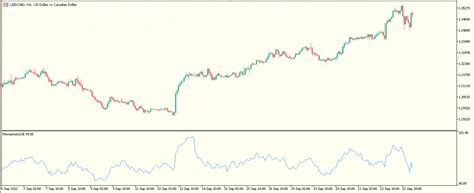
Finding the right indicator is half the battle. In this cluster, we break down which tools actually perform in the rapid-fire world of forex scalping.
When it comes to trading indicators, both EMA (Exponential Moving Average) and Bollinger Bands are go-to tools for scalpers, but they serve different purposes.
EMA tracks trend direction quickly and is great for fast entries.
Bollinger Bands measure volatility, ideal for spotting breakouts or squeeze setups.
EMA reacts faster to price changes, while Bollinger gives better context for market noise.
| Indicator | Strength | Best Use Case |
|---|---|---|
| EMA | Trend tracking | Quick pullback entries |
| Bollinger Bands | Volatility reading | Breakout anticipation |
In short, EMAs tell you where, and Bollinger tells you when.
RSI (Relative Strength Index) can be a double-edged sword in short-term trading. It shines in specific conditions but can mislead if used alone.
Pros:
Quick momentum signals at overbought/oversold zones.
Pairs well with trend tools like EMA.
Cons:
In fast-moving markets, RSI may lag.
Can throw false signals in range-bound conditions.
“RSI works better when volatility is low and the market’s tired,” notes trader Blake Morrow from ForexAnalytix.
To make it work? Combine RSI with trend or volatility filters.

Scalping low-spread currency pairs like EUR/USD or USD/JPY demands ultra-precise indicators. You’re working with tight margins, so every pip counts.
Use indicators with quick response – Think EMA or stochastic oscillators.
Avoid lag-heavy tools – Slow MAs or MACD can miss the boat.
Pair selection matters – High liquidity pairs react better to real-time technical analysis.
Pro tip: Customize your indicator settings for high-volume sessions like London and New York open. Timing + right tool = clean execution.
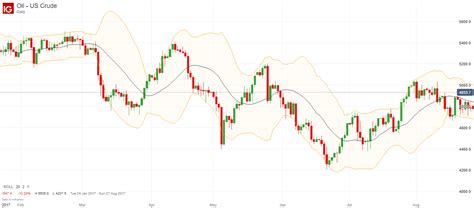
The Average True Range (ATR) isn’t just a volatility gauge—it’s your go-to tool for spotting market rhythm in high-speed trading.
Markets don’t always move like a rollercoaster—sometimes they crawl like traffic at rush hour. When that happens, using default ATR settings can mislead you into thinking there's more action than there really is.
Use a shorter ATR period (e.g., 5 or 7) to make the indicator more sensitive to small price moves.
Avoid high volatility pairs when ATR readings fall below a certain level (e.g., 0.0005 for EUR/USD).
Combine with candlestick volume or moving average crossovers to confirm true movement, not just noise.
As technical analyst Linda Raschke says, “Volatility is the rhythm of the market. You dance better when you hear it clearly.”
Spotting momentum using ATR spikes is like watching a firecracker go off—sudden, sharp, and packed with energy. These spikes tell you when price is waking up and getting ready to move.
Watch for a sharp upward spike in ATR, ideally following a quiet phase. This often signals a pending breakout.
Pair ATR spikes with strong candle patterns—think bullish engulfing or long-bodied candles—to confirm price intent.
Use ATR in combo with trend indicators like EMA to catch moves with both direction and strength.
| ATR Period | Spike Threshold | Common Pair Usage |
|---|---|---|
| 14 | > 0.0015 | GBP/JPY, EUR/USD |
| 7 | > 0.0010 | AUD/USD, USD/CAD |
| 5 | > 0.0008 | USD/CHF, NZD/USD |
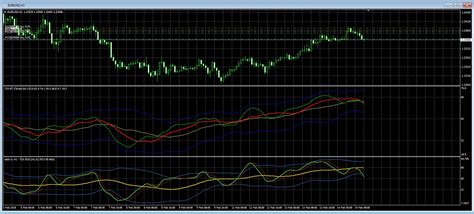
Timing is everything in scalping, and Bollinger Bands are your built-in radar.
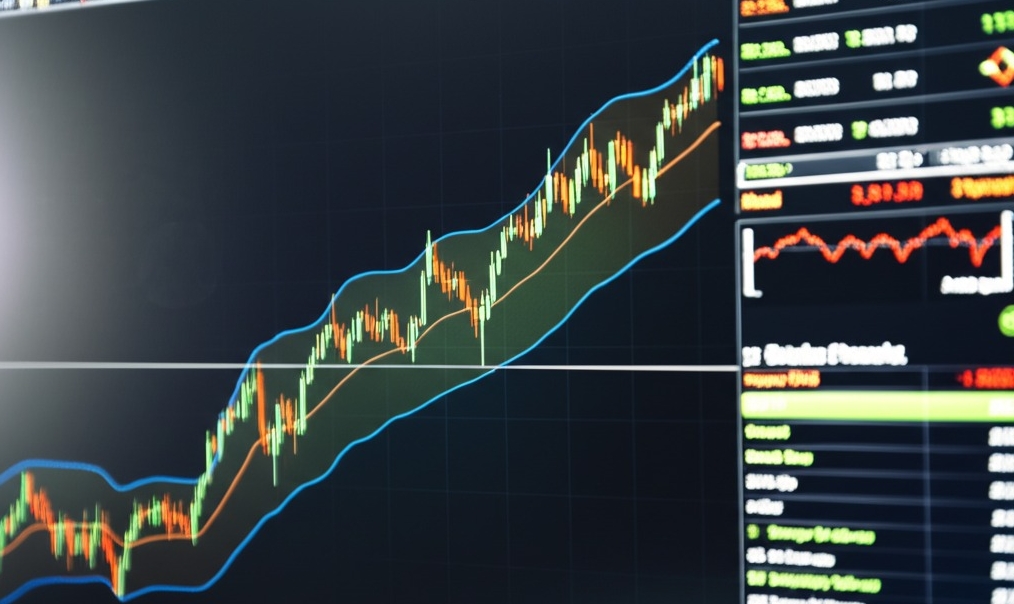
A squeeze setup is like watching a calm before a storm—price tightens, volatility contracts, and boom, the breakout hits.
Watch for narrowing Bollinger Bands during consolidation; this signals potential range expansion. Pair it with volume or momentum to avoid false alarms.
Bands squeezing tighter than usual
Multiple candles inside a narrow range
Momentum indicator flips (e.g., MACD/RSI confirming surge)
Keep your stop tight, and trail it once price clears the zone with strong intent.

Marrying Bollinger Bands with price action is like adding peanut butter to jelly—it just works. Don’t just trade the band touches; watch what price is saying.
Reversal candles (e.g., pin bars) near upper/lower bands signal bounce or breakout
Entry point improves when support or resistance lines up with band levels
Exit point often appears when price hits the opposite band with exhaustion
“Price action sharpens your Bollinger edge,” says trader Al Brooks. Read the candles before pulling the trigger.

Your timeframe can make or break your trade with Bollinger Bands. What works on a 1-minute chart might look like noise on a 15-minute.
| Timeframe | Best Use Case | Indicator Setting |
|---|---|---|
| 1-Min | High-frequency scalping | 12-period BB |
| 5-Min | Balance of noise and trend | 20-period BB |
| 15-Min | Filtering stronger signals | 20 or 30-period BB |
Tip: Align intraday signals with a higher timeframe bias to avoid getting caught in dead zones.
Band width acts like your lie detector—it measures how wide or narrow the Bollinger Bands are. A narrow band often fakes a move, but a wide one might show the real deal.
Check volatility: Narrow band width = low volatility = increased fakeout risk
Use confirmation: Wait for close above/below band with volume
Add support: Combine with trendlines or previous highs/lows to confirm moves
Don’t let market noise yank your stop. Validate every signal like you’re grilling a shady witness.
“You either chase the move or wait for the snapback,” said Ryan Mitchell, a 12-year forex scalper and technical trainer at FXTrade Room. “Understanding the difference between a volatility breakout and mean reversion is what separates consistent profits from costly guesswork.”
A volatility breakout strategy is built for speed. This approach focuses on trading when the price suddenly surges out of tight consolidation patterns—think of it like pressure building inside a balloon until it pops. Breakout traders usually keep an eye on expanding Average True Range (ATR), rising volume, and price jumping past support or resistance zones. These signs often show strong momentum and can signal the start of a trend. This is also where false breakouts love to hide. Without proper risk management—like volatility-based stops—traders might get pulled into a fake move only to see the price reverse hard.
On the other side of the fence, mean reversion traders wait for the market to overextend and then trade it back toward the average. This is classic range trading. Picture price bouncing back and forth between a ceiling and a floor. Ana Lopez, a senior trader at a New York-based prop firm, shared her experience: “When EUR/USD pushes into an overbought zone on low volume, I fade it. Nine times out of ten, it slides back into the middle of the range.” These traders often rely on support and resistance, oscillators like RSI, and tight spreads to scalp with minimal exposure.
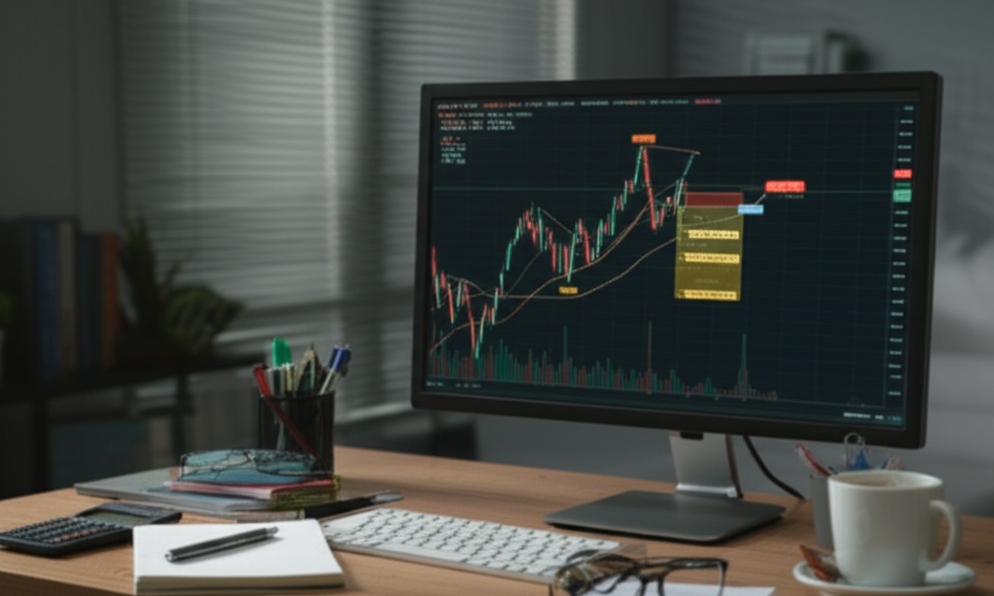
Confirm entry and exit signals with volume and volatility
Use ATR levels to size stop-losses properly
Study price behavior near major zones to avoid false breakouts
Decide based on market conditions—trending or ranging
A strong scalping strategy demands clarity. Know the battlefield. If the market is trending with wide price swings, breakouts can offer real reward. If the market is sideways and coiling, mean reversion may keep your edge sharp.
Stacking timeframes gives you x-ray vision. You see not just the entry—but the why behind it. That's what separates a gamble from a plan.
When it comes to scalping, the 1-minute chart is your play-by-play. But without the 5-minute chart to show the bigger short-term picture, you’re just guessing in the dark.
This combo works like a quarterback and a coach. The 5-minute chart gives you your trading setup—like spotting a triangle or flag pattern, or identifying where support or resistance might break. The 1-minute chart lets you time your entry signals down to the second.
Key tips to pull it off:
Use the 5-minute chart to mark key levels and identify overall trend direction.
Wait for a pullback or breakout setup on the 1-minute chart.
Double-confirm with a fast indicator like the RSI or stochastic for extra edge.
Keep your exit signals tight—scalping is about getting in and getting out fast.
In short, this combo keeps your entries clean and avoids getting caught in false moves. Use timeframe analysis to trade smarter, not just faster.

Ever jump into a scalp trade, only to see the market suddenly shift direction? That’s what happens when you don’t check what the higher timeframes are saying.
Charts like the daily or 4-hour can tell you if the market’s heating up (breakouts, range expansion) or calming down. This helps you avoid trading right into a reversal or dead zone.
Here’s how to confirm:
Scan the daily chart for strong momentum using MACD or RSI.
Use the weekly chart to check if you're near key market structure like swing highs/lows.
Match your scalp entries with broader volatility trends—are we expanding or compressing?
“You don’t want to scalp a pullback that’s actually the start of a full-blown reversal. Zoom out before zooming in.” — Rayner Teo, swing trader & coach
If your micro view says “buy” but your macro view screams “nope,” you’ve got a conflict. That’s how bad trades are born. A solid scalping plan aligns both—like gears locking into place.
Use multi-timeframe analysis to make sure your entry point lines up with the market’s bigger rhythm. Your trade should feel like it belongs, not forced. It’s about confluence: when signals from the 1-minute, 5-minute, and even 15-minute charts all agree.
Here’s how they stack up:
| Timeframe | Key Focus | Tools Used |
|---|---|---|
| 1-Minute Chart | Entry signals, momentum | Stochastic, Bollinger Bands |
| 5-Minute Chart | Trend structure, short-term support/resistance | Trendlines, EMA |
| 15-Minute Chart | Setup confirmation, volatility conditions | ATR, MACD, price zones |
This combo builds confidence. When all three views point the same way—you’re not guessing, you’re planning.
Stop losses aren’t just safety nets—they're strategy tools. When tied to volatility, they become precision weapons instead of guesswork band-aids. Let’s break it down.
The ATR (Average True Range) isn’t just a boring line on your chart—it’s your best friend when it comes to sizing up where to place your stop. This indicator tracks how much price is moving, helping traders set stops that breathe with the market rather than get slapped out by random noise.
Use a multiplier (like 1.5x ATR) to create a flexible stop loss.
Adjust your multiplier based on your asset’s volatility and risk appetite.
Shorter timeframes need tighter ATR settings for scalping precision.
"If your stop doesn’t fit the volatility, it doesn’t belong on your chart." — John Carter, veteran trader and founder of Simpler Trading.
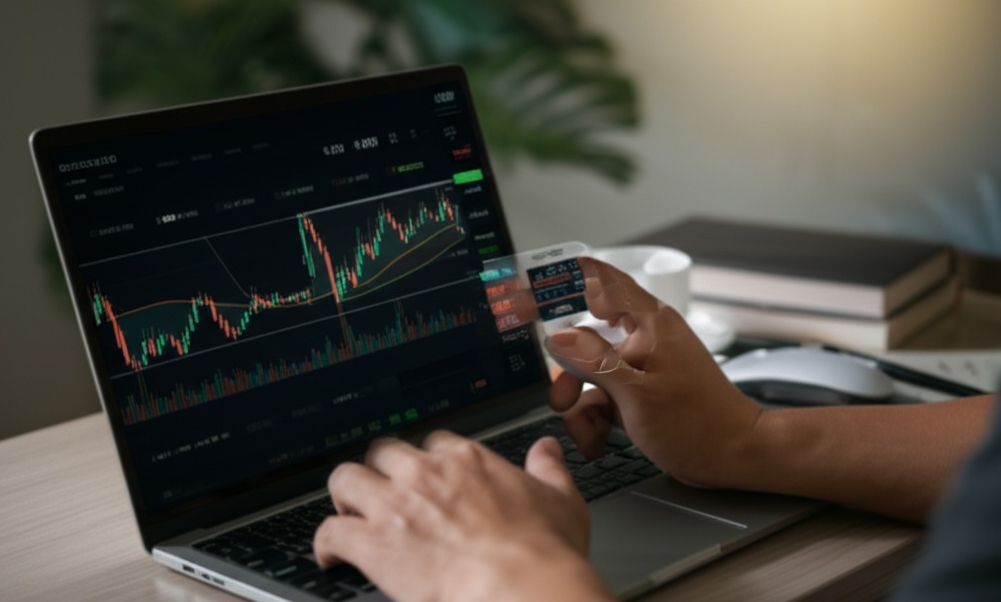
Stop losses aren’t set-it-and-forget-it. As market conditions shift—so should your exit plan. When price action is clean and trending, trailing stops can help ride the wave. But in a choppy zone? You’ll want tighter stops to dodge whipsaws.
In low volatility, use fixed, tighter stops—price isn't swinging much.
In high volatility, go dynamic. Let your stop "float" with indicators or recent candle swings.
Watch the trend: uptrending markets need looser stops below higher lows.
Stop loss settings should evolve with your trading strategy and market analysis. One size never fits all.
Backtesting helps turn your volatility scalping ideas into a tested, data-backed strategy. No more guessing—just smart, trackable improvements.
Before diving into trades, you need a clear test plan. Design your volatility indicator strategy around measurable metrics like average move size, entry timing, and stop width. A solid test plan outlines what indicator parameters to change, how to collect the data, and what success looks like.
Define your entry and exit signals
Choose a fixed period for data evaluation
Monitor performance metrics like win rate and reward-to-risk
As FX veteran John Person puts it, “If you don’t measure it, you’re trading blind.”
Keep a tight trading journal that records all your entries, the volatility levels, indicator values, and what happened after each trade. That data helps you spot patterns or blind spots.
| Entry Time | Volatility (ATR) | Result (Pips) | Indicator Used |
|---|---|---|---|
| 14:32 | 0.0008 | +7.4 | ATR + RSI |
| 10:17 | 0.0011 | -5.2 | Bollinger |
It’s not fancy—just you and your numbers, learning what works.
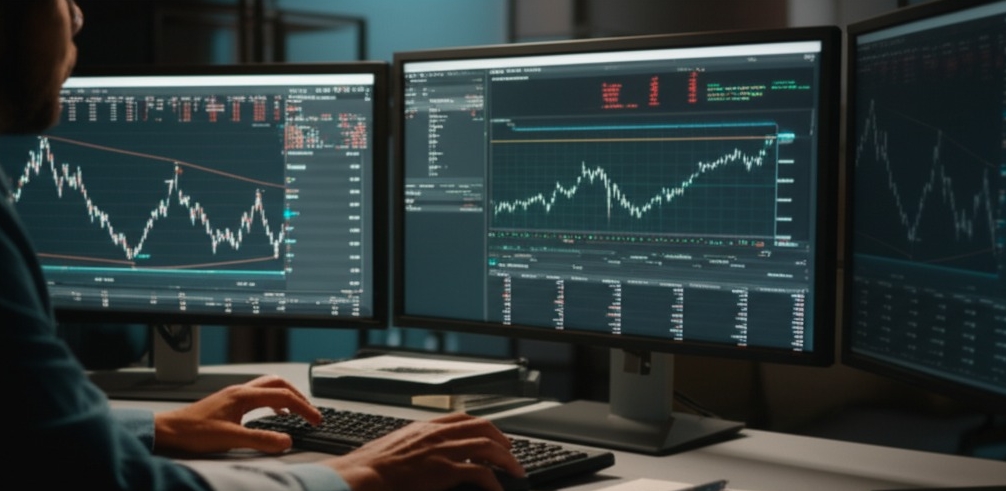
Backtesting can trip you up if you’re not careful. Three major goofs to avoid:
Overfitting your strategy to past data—like training a dog to bark at clouds.
Ignoring slippage and commissions that eat into small scalp profits.
Using ideal execution that never happens in live markets.
Don’t fake your results—build a system that holds up in the real world.
If your strategy’s win-rate is weak, filters can help. Try this:
Add confirmation indicators like RSI or MACD
Use volatility thresholds to block low-opportunity trades
Filter out trades during news events or thin volume hours
These filters sharpen your entries and help you avoid noise. You don’t need more trades—you need smarter ones.
Scalping without reading volatility is like fishing without checking the tide—you’ll waste time casting in the wrong spot. Volatility indicators help you spot real momentum, dodge fakeouts, and keep risk tight.
Start small. Pick one tool, like ATR or Bollinger Bands, and test it on a demo. Track how it reacts when the market heats up or cools down.
As Mark Douglas said, “The best traders have no ego.” Be patient, stay curious, and let the data do the talking.
A volatility indicator is a tool that measures the amount of price movement within a certain period. It helps traders understand how much movement to expect in the market, which is especially useful for scalpers who need to make quick decisions.
In scalping, volatility indicators guide traders in identifying short-term price movements. By measuring market fluctuations, they help scalpers pinpoint potential entry and exit points with precision. For instance, a sharp increase in volatility might signal a breakout opportunity, while low volatility could suggest a quiet market.
Several volatility indicators are perfect for scalping, including:
Average True Range (ATR): Helps determine market volatility and adjust stop losses accordingly.
Bollinger Bands: Signals when a market is consolidating or ready to break out.
Keltner Channels: Similar to Bollinger Bands but smoother, ideal for quieter markets.
ATR (Average True Range) is particularly useful for adjusting your risk and setting stops. When volatility rises, ATR signals that larger price movements are likely, meaning you may want to widen your stop loss. Conversely, during low volatility, smaller price moves suggest tighter stops.
Bollinger Bands help identify price extremes, which is key in scalping. When the bands contract, it suggests a period of low volatility, which could precede a breakout. When they expand, it indicates high volatility, offering opportunities to catch strong moves.
Setting stop losses based on volatility helps prevent being stopped out during normal market fluctuations. By using tools like ATR, you can adjust your stop loss to account for the market's current volatility, making sure you aren’t too tight or too wide.
Absolutely! Using multiple timeframes in scalping helps you get a clearer picture of the market. A lower timeframe like the 1-minute chart can show immediate market movements, while higher timeframes like the 15-minute chart offer context, helping to avoid entering trades based on fleeting signals.
Backtesting is crucial to see if your volatility-based scalping strategy works. Here’s how you can get started:
Use historical data to simulate trades based on your indicators.
Track volatility shifts and adjust entry and exit points accordingly.
Record results and refine strategy settings for better performance.
Volatility breakouts occur when prices break out of a tight range, often driven by news or events. Scalpers look to enter as soon as the breakout happens, hoping for a quick move.
Mean reversion relies on the idea that prices will return to their average after deviating. Scalpers use this approach to enter trades after prices have moved too far in one direction, anticipating a reversal.